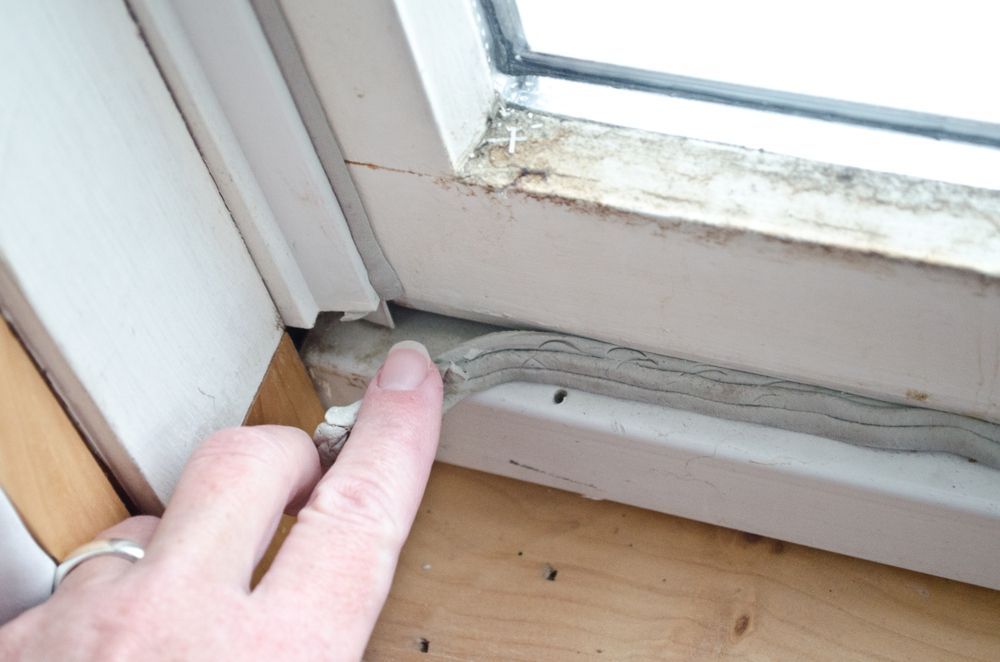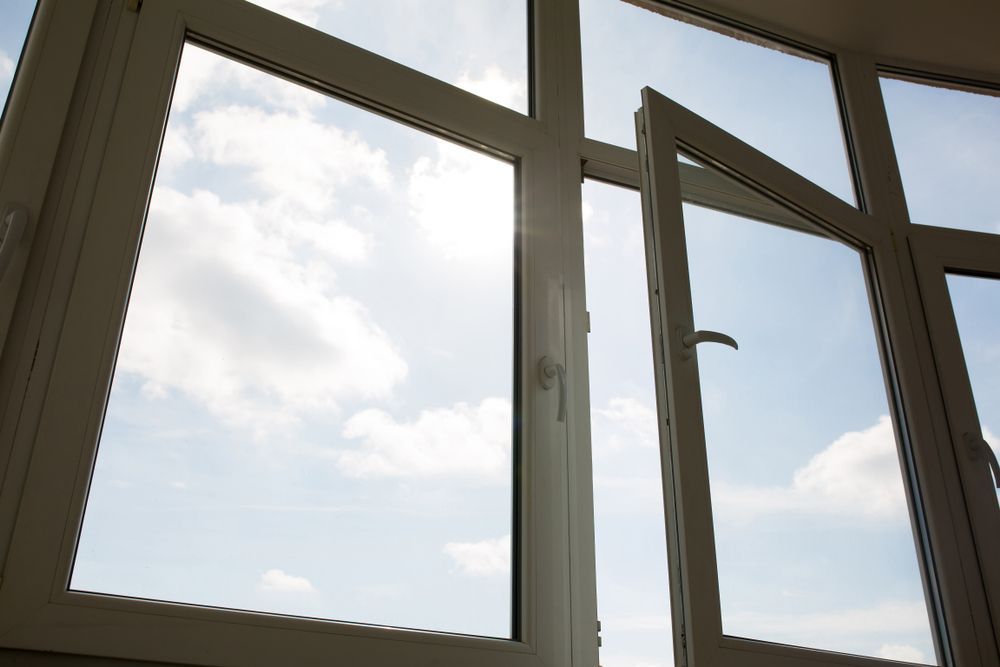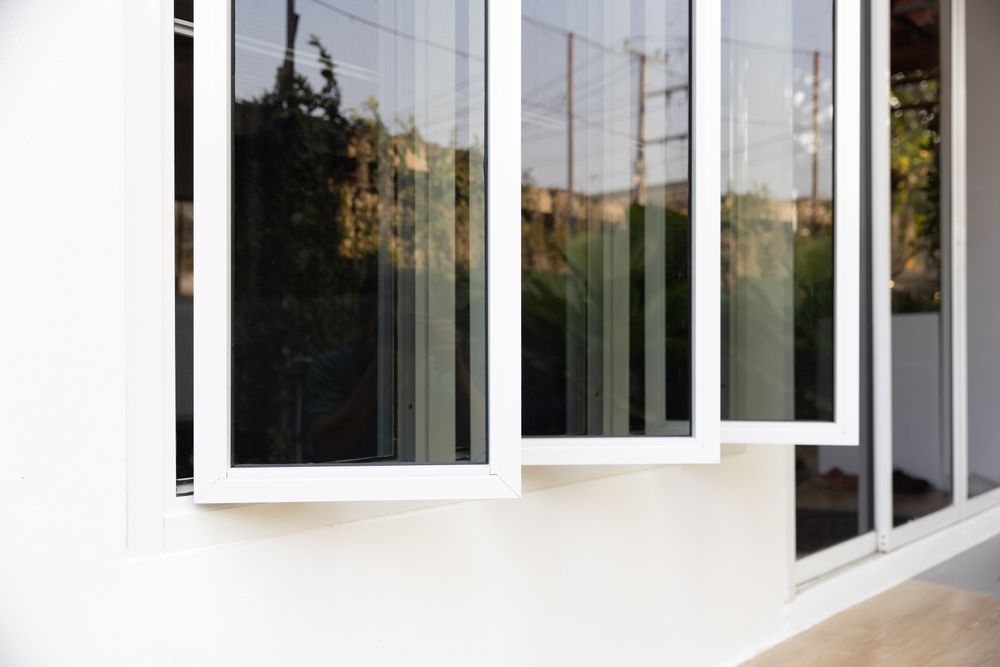Choosing Energy Star Qualified Windows in Chicago
March 19, 2014
Share this Article:
If you are worried about the looming winter months and what the chilly weather means for your monthly utility bill, you aren’t alone. This is the perfect time to consider replacing your old windows with the energy efficient ones. This will reduce your energy bill, save you money, and keep your family warm inside.
The main aim of replacing your windows is to lower energy bills, which is fairly reasonable. The extra costs that can emerge in relation to your utility costs and energy savings are quite high. As a matter of fact, even homes that you wouldn’t expect to have high energy costs actually do. This may mean that either the doors or windows or both are less energy efficient. Or, perhaps it may mean that maintenance of these windows is lacking; thus leading to increased energy bills.
Choosing modern replacement windows is the only way to improve the energy efficiency of your home. Double pane or triple pane replacement windows can cut your monthly energy consumption by over 20 percent, depending on the replacement windows that you purchased, the size of your home, and the local weather. If you are shopping for replacement windows, it is of utmost importance that you learn about Energy Star ratings in order to make a good choice.
U-Factor
The U-Factor is sometimes referred to as the U-Value. It measures how effective a window is in terms of controlling indoor heat. In other words, it measures the ability of the window to prevent heat from escaping. When shopping for a new replacement window, choose one with a lower number. Why? The lower the number, the more efficient the window is.
Solar Heat Gain Coefficient (SHGC)
SHGC measures how well the window prevents unwanted heat from the sun getting inside. The measurement number usually ranges between 0 and 1. When comparing SHGC between different window options, be sure to select one with a lower SHGC. The lower the SHGC, the more heat that is prevented from entering inside the home.
Visible Transmittance
Similar to Solar Heat Gain Coefficient, Visible Transmittance is measured in a number between 0 and 1. Nevertheless, replacement windows with a higher VT number are better than the ones with a lower VT number. Visible Transmittance measures the amount of light passing through a window. So choose a replacement window with a higher VT rating.
Energy Star
This is quite a familiar term. Even people who have never heard of U-Factor and Visible Transmittance must have heard of Energy Star ratings. Energy Star ratings can be found on virtually all electronic home appliances, like air conditioning systems and refrigerators. The Environmental Protection Agency (EPA) is the only independent body mandated with the task to grant Energy Star ratings. When you opt for replacement windows that are Energy Star rated, you are probably going to save more money on monthly energy bills.
Connect with Us:




